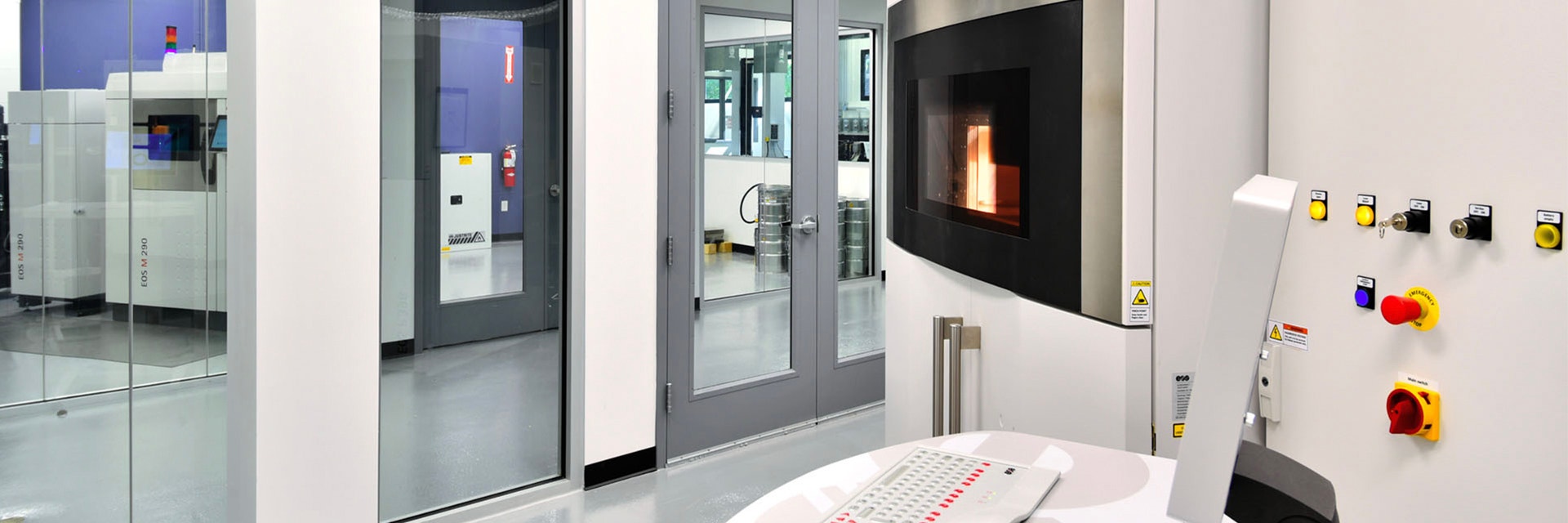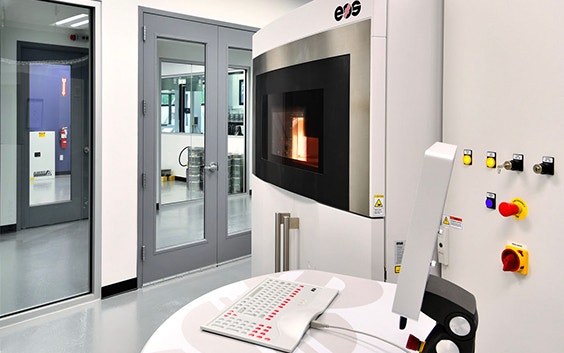
INTERVIEW
Meet the Users of Materialise Magics: Parker Hannifin
We love keeping up with our Magics users to discover what they achieve with our software. In this blog, we catch up with additive manufacturing (AM) champion Victor Lopez, Lead Additive Manufacturing Engineer at Parker Hannifin, to learn how their production has evolved with Magics and how he sees the industry developing with 3D printing.
Parker Hannifin is a Fortune 250 global leader in motion and control technologies. For more than a century the company has been enabling engineering breakthroughs that lead to a better tomorrow in a wide range of diversified industrial and aerospace markets. In recent years, they’ve expanded their offering by using AM as a supplementary manufacturing technology.
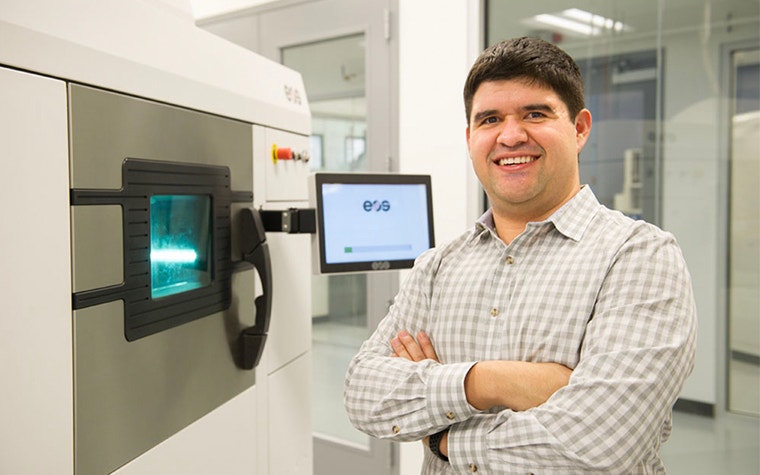

How has your additive manufacturing production evolved over time?
When I first joined Parker Hannifin in 2017, I was immersed in AM right away. My first goal was to explore whether additive made sense from a business standpoint. We quickly saw the advantages it held and got started with 3D printing almost immediately.
Two years later, I was the opening engineer for our new, state-of-the-art Advanced Manufacturing Learning and Development Center (AMLDC). That role included everything from sifting powder to setting up the build jobs to shipping parts. At the start we were a very small opening team for about 4 to 5 months until we started to grow and bring on more team members.
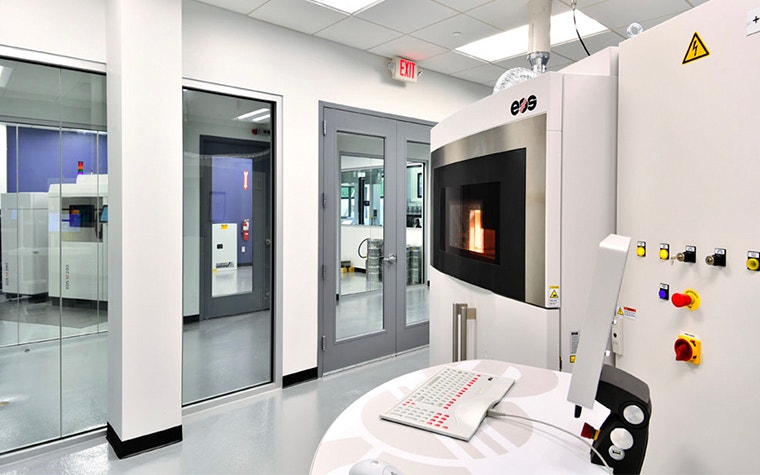

How were you introduced to Materialise and our solutions?
I first came across Materialise Magics when I started at the AMLDC. The very first machines we used at our center included the software. I quickly recognized the value that software brings — and continues to bring over the years.
Materialise is a pioneer in the industry, and that’s clear when you use Magics. Even after all of these years in business, Materialise has remained an innovator in 3D printing software. Magics is a pleasant software from a user experience point of view, and we can train newcomers on it very quickly. Plus, the technical support and customer relations team are second to none.
What lessons have you learned that help improve the 3D printing experience?
Streamlining our workflows with additional Magics modules has increased our productivity. For instance, the Sinter Module has been a game-changer for us.
We typically have to print between 40 and 50 parts per build. Before introducing the Sinter Module, preparing these builds would take me about half a day with Magics — that was about a day’s worth of nesting per week. Nesting with the Sinter Module reduces that time down to just two hours per week. It’s great that I can hit start, go grab a fresh cup of coffee, and come back to the build nearly ready at 99%. Obviously, this frees up a lot of my time to work on other tasks like running the machines and fine-tuning processes to improve part quality.
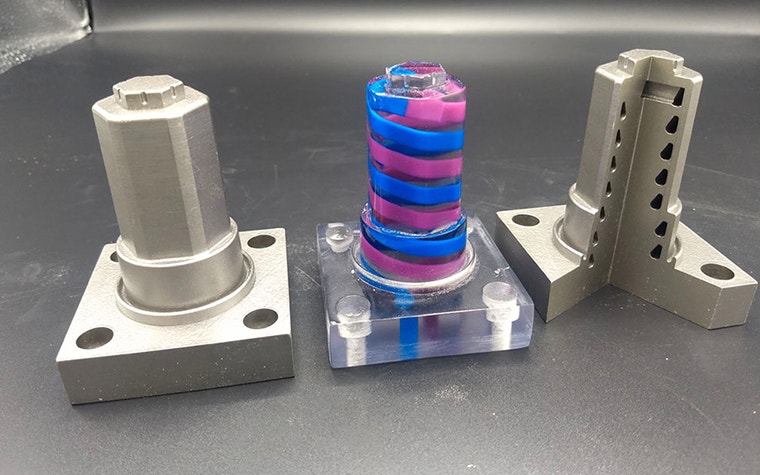

Additionally, the Sinter Module allows us to manually place parts that need precise orientation. This is a very important feature to us — it lets us play Tetris with the parts, focusing our efforts on manually adjusting parts and then letting the software automate the rest.
I’m also a big fan of the fact that we can choose between bounding box nesting and geometry nesting. Bounding box is perfect to quickly nest bulky parts. Once you get the hang of things, working with the software is like second nature. It fits right into our workflow.
How do you see additive evolving further at Parker Hannifin?
At Parker, we make a lot of components. 3D printing comes in as a supplementary technology to traditional manufacturing methods like milling and injecting molding. It’s a new tool in the toolbox. We find it hugely beneficial to accelerate product development, speed up our mastery of other manufacturing technologies, and add additional features to products that were not attainable before. We also see it playing a valuable part in our production portfolio. AM allows designers to think differently and manufacture products previously thought impossible.
We want to combine the best of 3D printing and other manufacturing methods to efficiently offer products of the highest quality to our customers.
And what about the industry as a whole? What would you like to see next from the 3D printing industry?
There are many players and solutions in the field, but the only way we’ll be able to reach peak innovation is if we’re all speaking the same language. I’d like to see what we can achieve with more harmony and fewer silos.
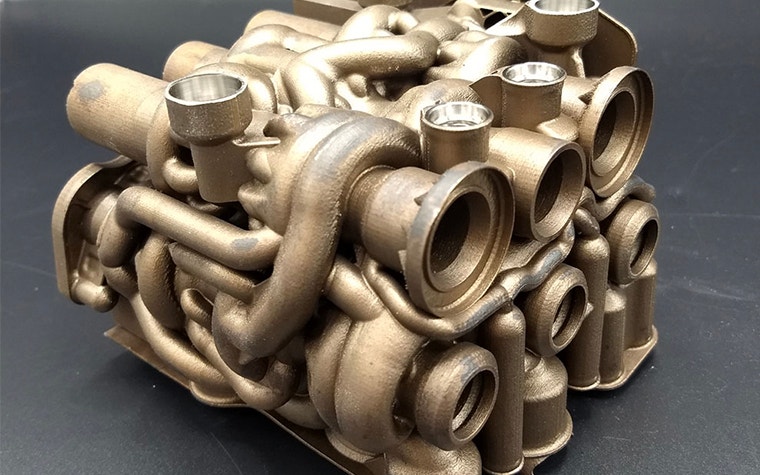

By further accelerating supply chains, we could really change the landscape of manufacturing. We got a good glimpse into its potential during the pandemic. 3D printing was the rapid, flexible solution that the world needed to fill gaps in supply chains and even create tools for hygienic ways of working. At Parker Hannifin, we turned to 3D printing to print tools that we otherwise weren’t able to get in time. We were able to continue running and respond to demand in a timely manner. 3D printing brought stability in a time of uncertainty.
Do you believe AM can play a role in making your manufacturing more sustainable?
Yes, absolutely. We’re pushing heavily to be smarter with the material we use. Right now, we’re now at a point where around 95% of our waste from 3D printing does not go to a landfill. We work closely with recyclers to give this waste a second life.
Additionally, things like the Sinter Module allow us to be more sustainable during production. With optimized nesting, we fit more parts into fewer builds. In a broader sense, this means that Sinter Module enables us to avoid using energy to heat up and run extra builds. We’re more efficiently creating build jobs and support structures to run production in a more sustainable way.
Share on:
You might also like
Never miss a story like this. Get curated content delivered straight to your inbox.
